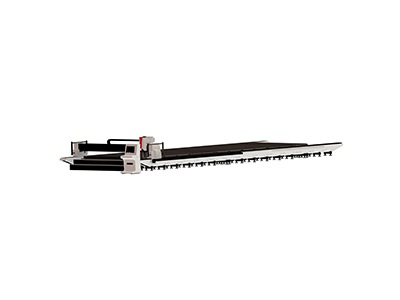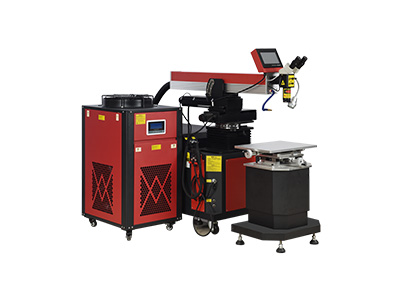- No.609, Centre Of Huijin Nanxiang, Yinxiang Road, Nanxiang Town, Jiading District, Shanghai, China
- sherry@sanmachines.com
- +86-18616767021
Working principles of fiber and YAG laser welding machine!
The market demand for fiber laser welding machines and YAG laser welding machines is increasing, but many customers are not ready to distinguish the difference between the two. Then we will introduce the difference between the two laser machines from the working principles.

Working principle of fiber laser welding machine
Fiber laser welding machines are divided into pulse fiber laser welding machines and continuous. Among them, pulse fiber laser welding machines can adjust the single-point energy of laser pulses by setting the peak power, frequency, and pulse width of the laser; continuous fiber laser welding machines adjust the output laser power by setting the average laser power.
Working principle of YAG laser welding machine
Laser welding uses the excellent directionality and high power density of laser beams to work. The laser beam is focused in a very small area through the optical system, forming a heat source area with highly concentrated energy in a very short time, so that the welded material melts to form a firm weld and weld. Commonly used laser welding methods include pulse laser welding and continuous laser welding. Pulse laser welding is mainly used for single-point fixed continuous and thin material welding, and laser continuous welding is mainly used for large and thick welding and cutting.

Summary:
Advantages of fiber lasers over YAG lasers.
Fiber lasers have high energy, long life, high electro-optical efficiency, and stability.
YAG lasers are solid lasers with good spot patterns, narrow pulses, and high output peak power. Compared to high power consumption, they have consumables for light source lamps, and they need to be carefully maintained. Fortunately, the one-time investment is small.
Related product links


































 Welder News
Welder News




